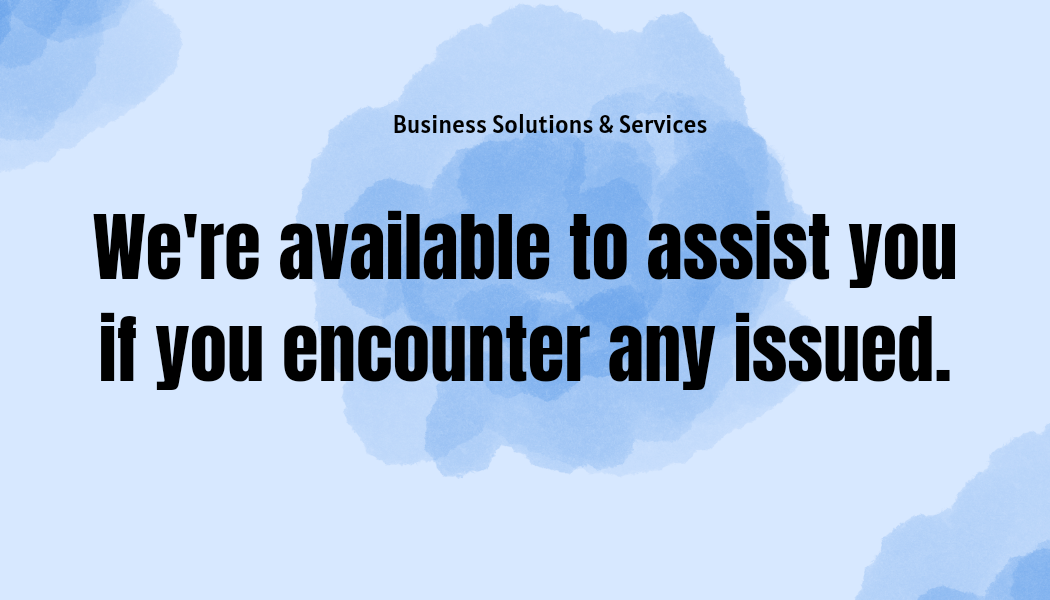Enterprises across various sectors require these solutions for several reasons:

Operational Efficiency: These systems streamline and automate various business processes, reducing manual efforts and errors, thereby increasing efficiency.
Data Centralization and Accessibility: Centralized systems allow easy access to crucial information, fostering collaboration and informed decision-making across departments or teams.
Customer Satisfaction: CRM and Sales Management Systems help understand customer needs and preferences, enabling personalized interactions and better service, leading to higher customer satisfaction and retention.
Compliance and Risk Management: ERP and Fleet Management Systems assist in adhering to regulations, mitigating risks, and ensuring compliance with industry standards, enhancing the company's credibility.
Cost Reduction and Resource Optimization: Solutions like ERP, Inventory Management, and HRMS aid in better resource allocation, reducing unnecessary expenses and optimizing workforce efficiency.
Strategic Decision Making: These systems provide data analytics and insights that assist in making informed strategic decisions, enabling companies to adapt to market changes and trends effectively.
Enhanced Marketing and Revenue Growth: Digital Marketing solutions offer a way to expand market reach, improve brand visibility, and generate leads, contributing to revenue growth.
Improved Communication and Collaboration: Collaboration tools and Document Management Systems facilitate seamless communication and sharing of information, enhancing teamwork and productivity.
In essence, these solutions serve as pillars supporting the enterprise's overall operations, ensuring smoother workflows, better customer relations, regulatory compliance, and strategic growth.
Comprehensive Solutions for Enterprise Needs:
.
- Accounting Management System
- Collaboration Tools
- Customer Relationship ManagementCRM)
- Digital Marketing
- Document Management
- Enterprise Resource planning (ERP)
- Fleet Management System
- Human Resources Management System(HRMS)
- Inventory Management System
- Sales Management System
Here's a breakdown of what each system typically offers:
Accounting Management System:
- Tracks financial transactions (income, expenses).
- Manages general ledgers, accounts receivables, and payables.
- Generates financial reports.
Collaboration Tools:
- Facilitates real-time communication among teams.
- Allows file sharing and document collaboration.
- Schedules meetings and manages tasks.
Customer Relationship Management (CRM):
- Stores customer information and interaction history.
- Manages leads, contacts, and accounts.
- Tracks sales opportunities and customer support cases.
Digital Marketing:
- Implements SEO, SEM, and social media marketing strategies.
- Tracks and analyzes online marketing campaigns.
- Manages advertising budgets and targets specific audiences.
Document Management:
- Centralizes document storage and retrieval.
- Manages version control and document sharing.
- Ensures security and compliance with document access.
Enterprise Resource Planning (ERP):
- Integrates multiple business processes into a unified system.
- Manages finance, HR, manufacturing, supply chain, etc.
- Provides analytics and reporting across departments.
Fleet Management System:
- Tracks vehicle locations and usage.
- Monitors vehicle maintenance and fuel usage.
- Helps in route optimization and compliance with regulations.
Human Resources Management System (HRMS):
- Manages employee information and profiles.
- Handles payroll, benefits, leaves, and attendance.
- Supports performance appraisals and training programs.
Inventory Management System:
- Tracks inventory levels in real-time.
- Manages orders, stock movement, and replenishment.
- Optimizes stock levels to reduce excess or shortages.
Sales Management System:
- Tracks sales orders and customer interactions.
- Manages contacts, leads, and opportunities.
- Generates sales forecasts and performance reports.
Each system addresses specific needs within an enterprise, providing tools and functionalities tailored to streamline and optimize different aspects of business operations.
Understanding the business needs often involves:
- Analyzing Current Challenges: Identify areas that need improvement or face challenges.
- Consulting Teams: Engage employees; they often have valuable insights.
- Market Research: Understand industry trends, customer demands, and competitor strategies.
- Assessing Resources: Evaluate available tools, technologies, and budget constraints.
- Setting Clear Goals: Define specific objectives the solutions should achieve.
- Seeking Expert Advice: Consider consulting specialists or industry experts for guidance.
